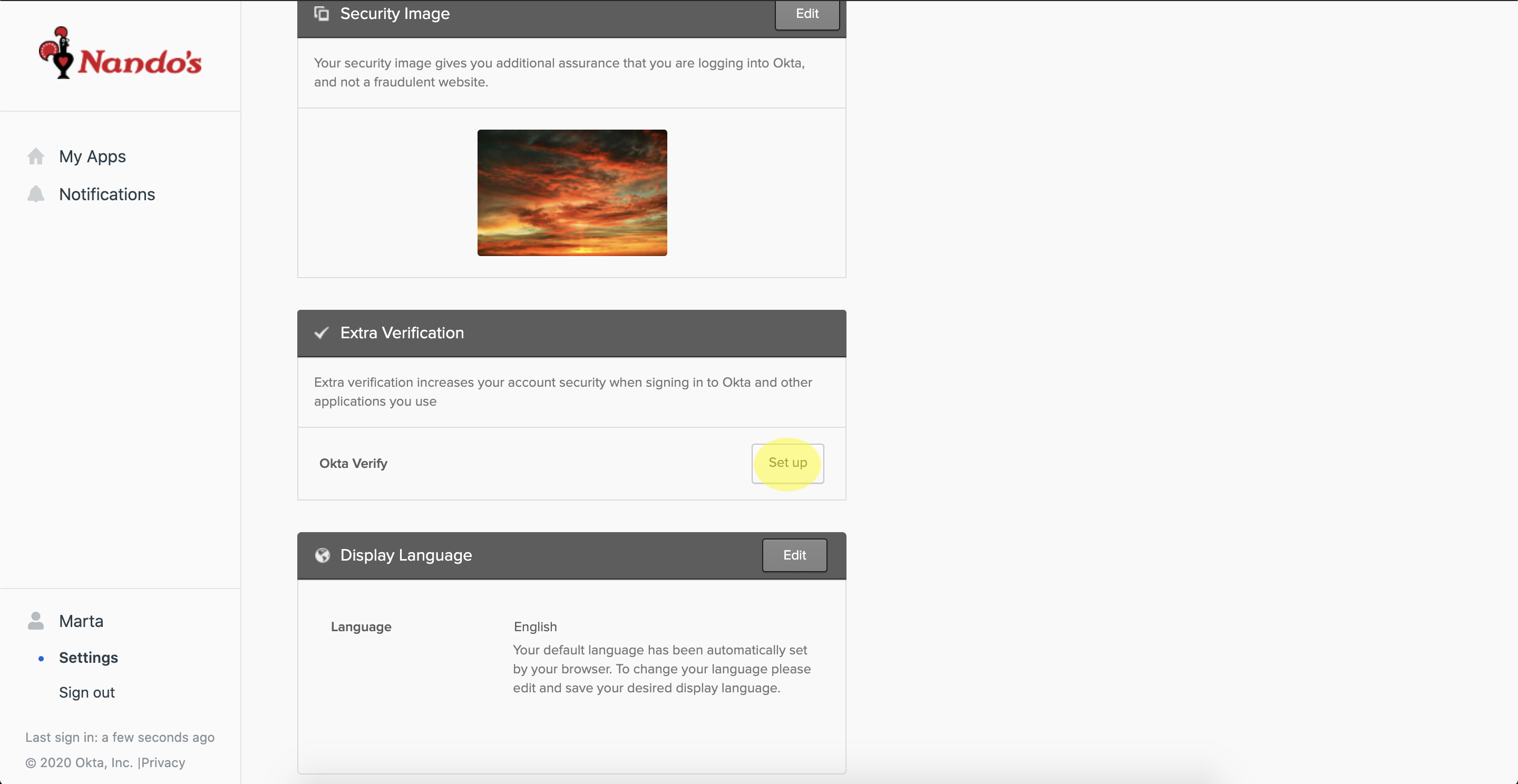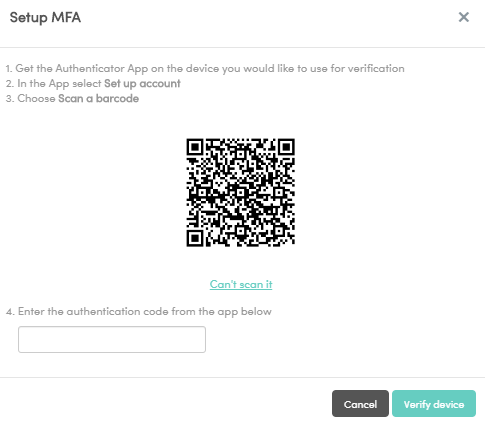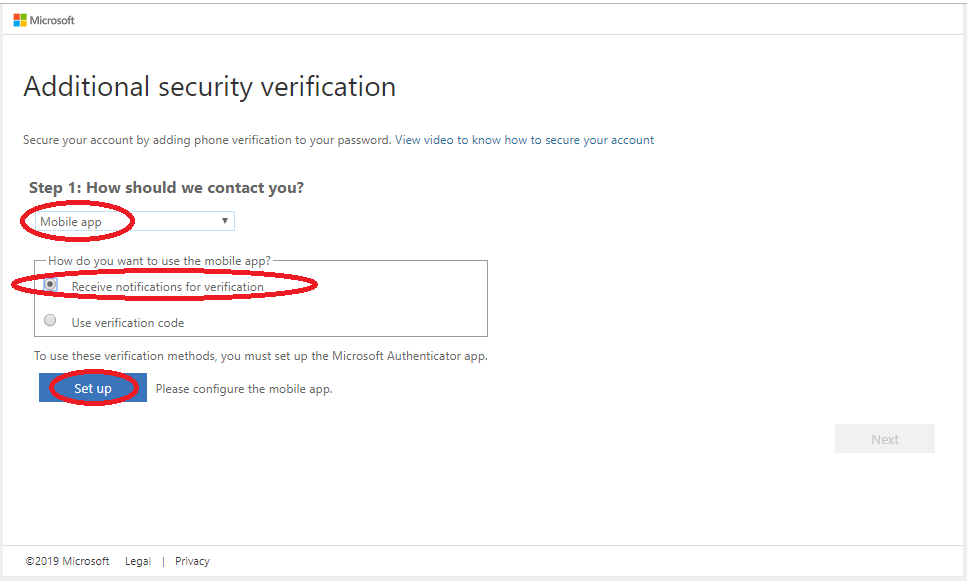


The challenge with this client is they needed to support the use case of having users in different parts of the world who cannot be guaranteed of having access to a phone. The service is pretty robust and most clients would choose to use their phone to receive the phone call, text message or even run the Authenticator App from Microsoft (Android, iPhone, and Windows Stores) in order to provide that second factor in the authentication process. This design involves setting up an MFAS server onsite and then integrating it via RADIUS to be part of the Authentication chain. Setting up Microsoft Azure’s multi-factor authentication service

This service can do a great number of things, but in particular, they wanted to be able to integrate into MFA with their Cisco ASA VPN solution in order to help with PCI compliance. I was working with a client recently who wanted to take advantage of Microsoft Azure’s Multi-Factor Authentication (MFA) service.


 0 kommentar(er)
0 kommentar(er)
